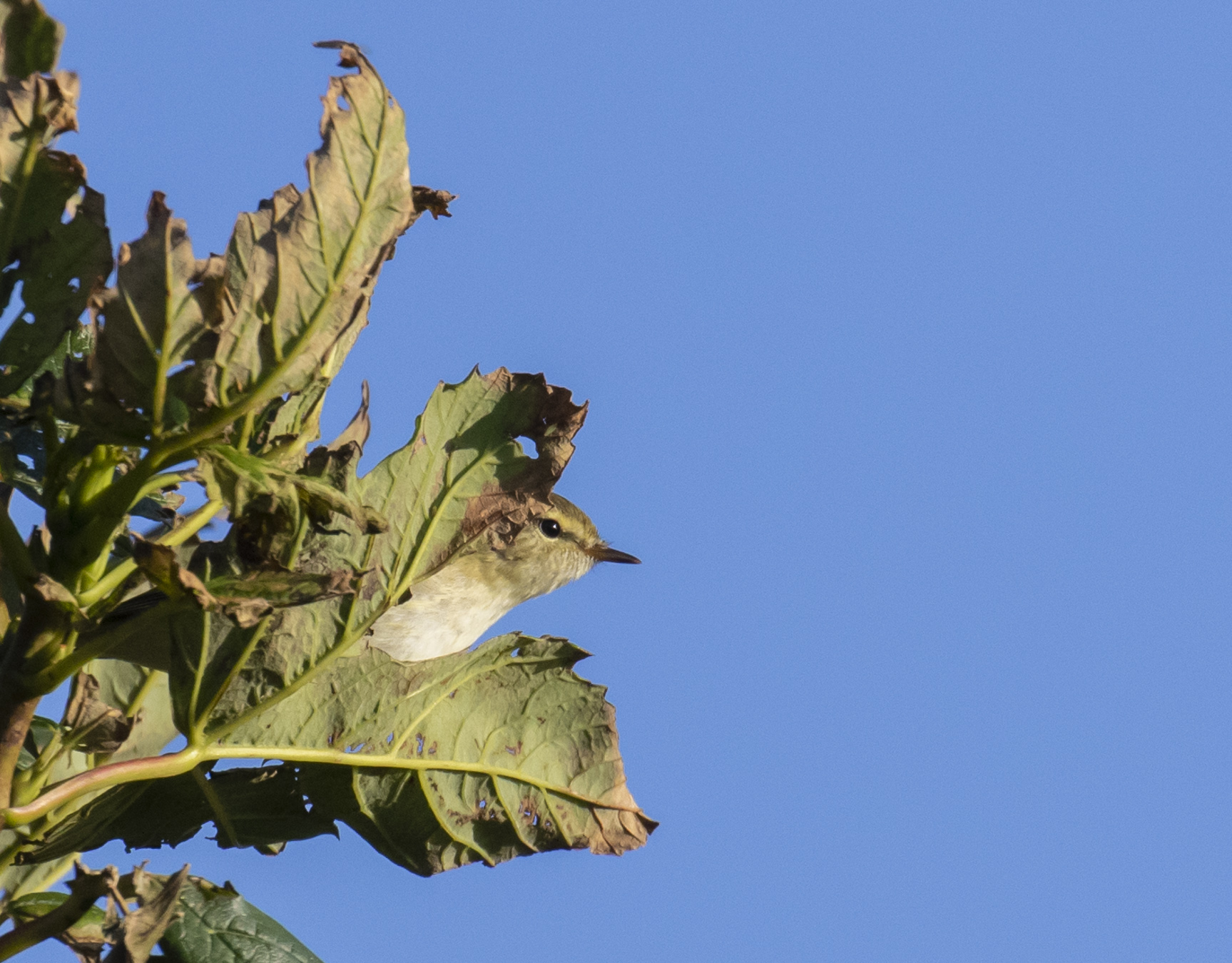
Between the lows, we experienced a combination of sunshine, showers and the rainbows that inevitably appear between them:

We were not blessed with classic weather conditions for bringing in migrant birds. There were none of the fast-moving depressions from the US eastern seaboard that may carry North American passerines across the Atlantic and we had no winds with any easterly vector at all. The local birders complained of the lack of common migrants in persistent westerly winds. We certainly saw far fewer common migrants, especially Goldcrests, Yellow-browed Warblers and Common Redpolls, compared to our visit at the same time of year in 2019. But everything is relative. Compared to Oxfordshire in October, it was fantastic! As a group, we saw 103 species, one more than our 2019 total. Here are some pictures of some of the common migrants and residents that we did see:

Above and below, Yellow-browed Warbler at Quendale. One of only three we saw all week.


Above, Blackcap. This species took the title of “Most Common Warbler”, in 2019 Yellow-browed Warblers outnumbered Blackcap. Not so this year. Below, Wheatear.


Above, Shetland Wren, below, Fulmar.


Above, Dunlin on Lamba Ness; below Common Snipe probing for worms in a garden on Unst:


Above, Dave Lowe, our very own pot of gold.
Next: a blast from the north, White-billed Diver, King Eiders and a host of northerly breeding species.
